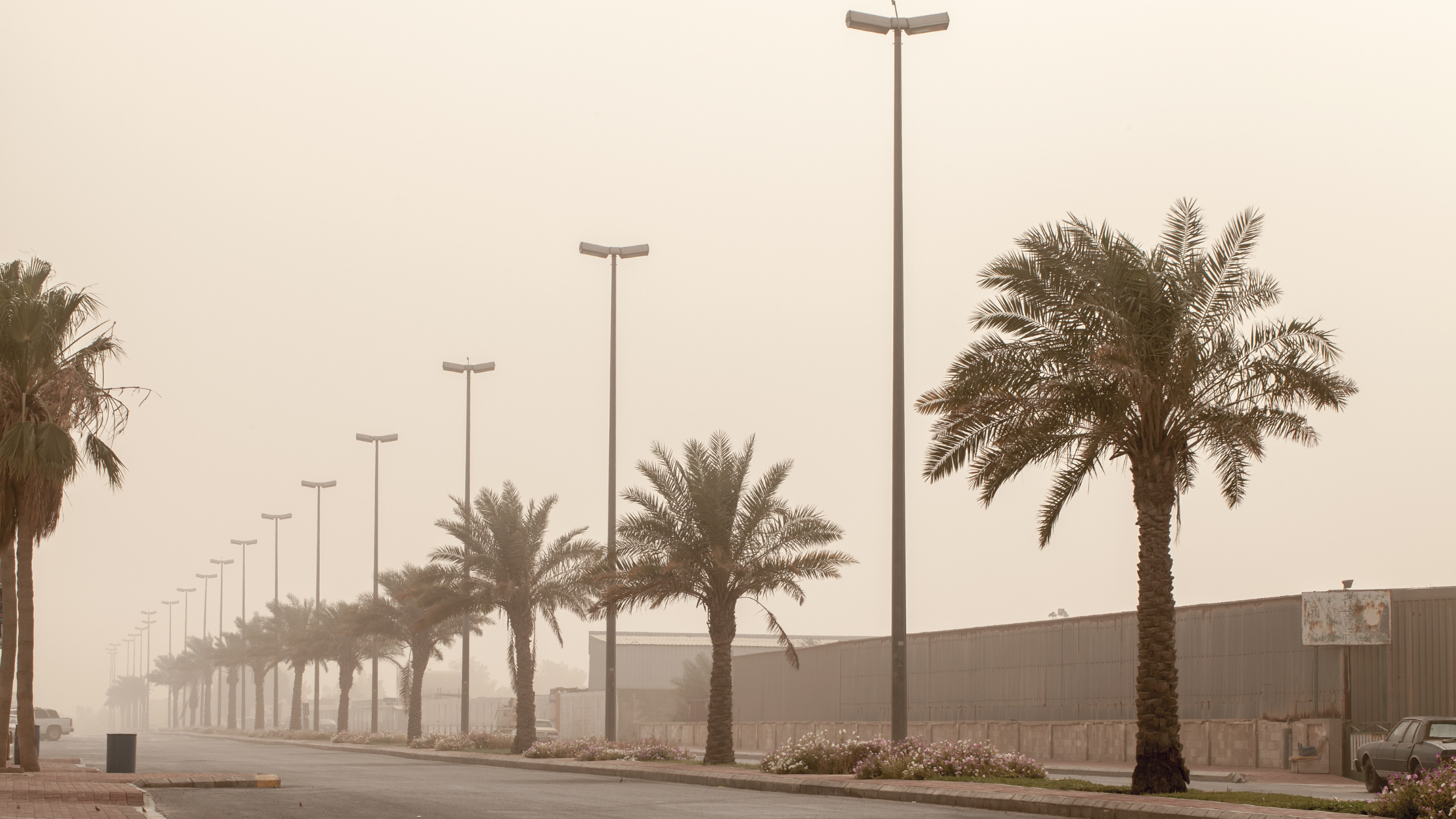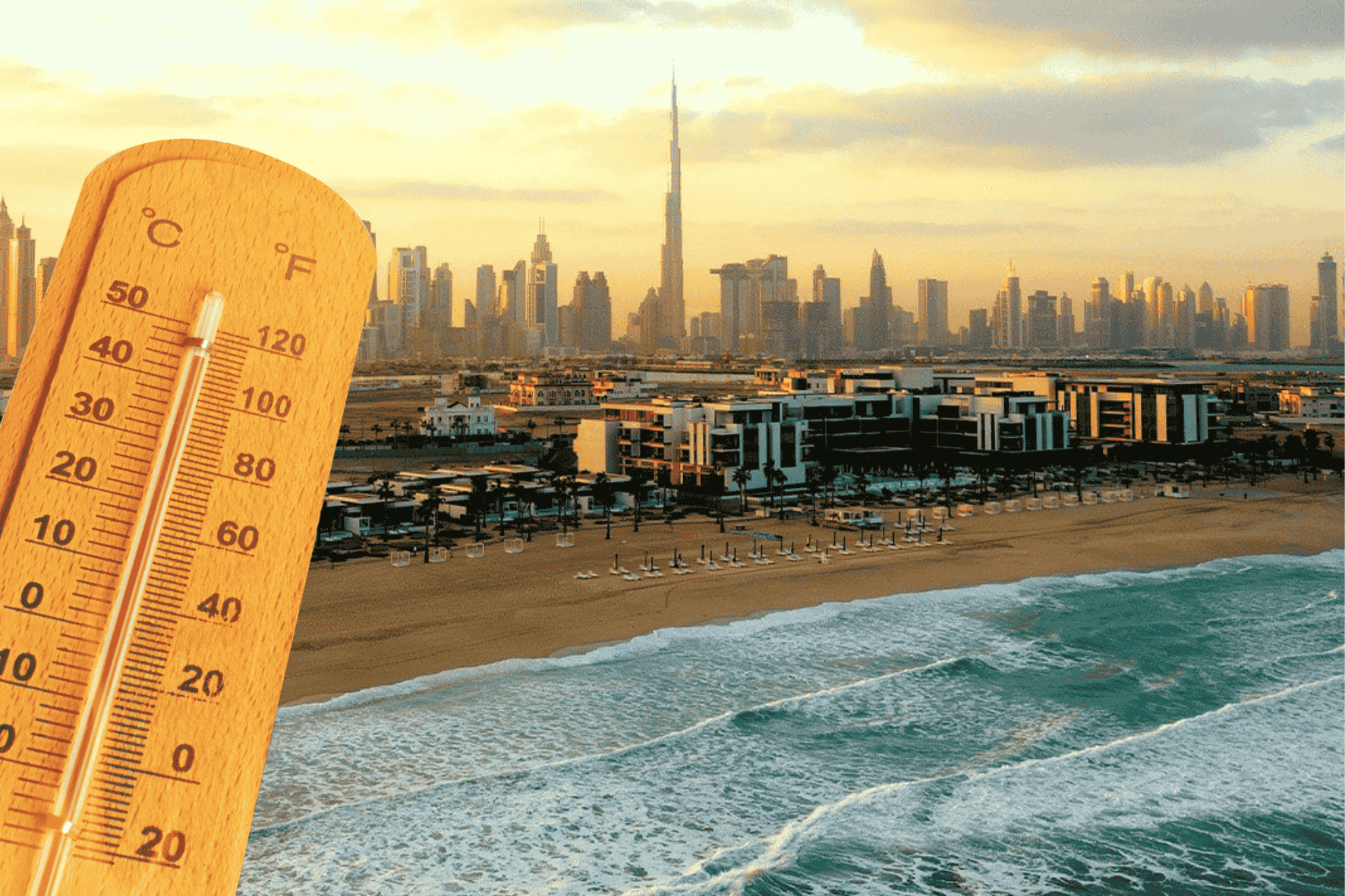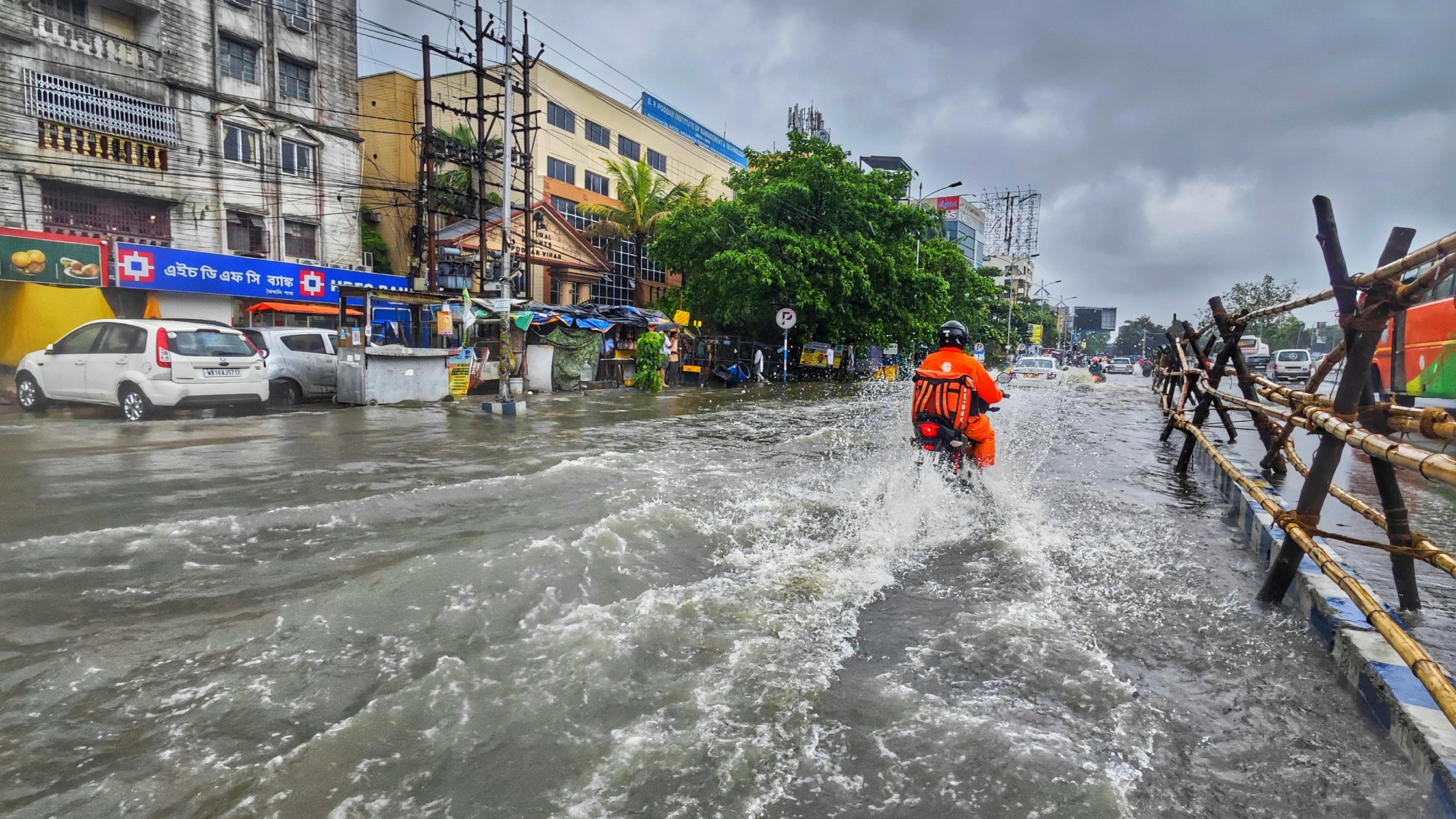Saudi Arabia Weather Alert: Dust Storms, Thunderstorms Impact Regions

Saudi Arabia is grappling with unstable weather conditions, as the National Centre for Meteorology (NCM) issues critical warnings for multiple regions. Strong winds, dust storms, and thunderstorms are sweeping across the Kingdom, affecting visibility and safety. The Eastern Province, Riyadh, Najran, Medina, and Mecca are among the areas bracing for severe weather, while Jazan and Asir face thunderstorms with hail. These conditions, part of a broader weather pattern, are also impacting maritime conditions in the Red Sea and Arabian Gulf. This article explores the NCM’s latest forecast, the affected regions, safety measures, and the broader implications for Saudi Arabia’s environment and Vision 2030 goals.
Dust Storms Sweep Across Key Regions
The National Centre for Meteorology has forecasted active wind conditions stirring up dust and sand across several regions, significantly reducing horizontal visibility. The Eastern Province, a vital economic hub, is experiencing blowing dust, particularly along the coastal highway to Jazan, where near-zero visibility poses risks for drivers. Similarly, Riyadh, the capital, and Najran are under alert for dust storms that could disrupt daily activities and road safety. Parts of Medina and Mecca, key pilgrimage destinations, are also affected, with dusty conditions impacting travelers and residents alike.
The coastal highway to Jazan is a focal point of concern, as strong winds are expected to reduce visibility to critical levels. This could lead to traffic disruptions and safety hazards, particularly for those traveling to or from the southwestern regions. The NCM advises drivers to exercise caution, avoid unnecessary travel, and stay updated via official weather alerts. These conditions highlight the importance of the NCM’s early warning systems, which play a crucial role in protecting lives and property across the Kingdom.
Thunderstorms and Hail in Southwestern Regions
In the southwestern regions of Jazan, Asir, and the highlands of Al Baha, the NCM has issued alerts for thunderstorms accompanied by hail and gusty winds. These areas are known for their rugged terrain and are prone to heavy rainfall during such weather events, increasing the risk of flash floods. The thunderstorms are part of a larger weather pattern affecting the Kingdom, with potential impacts on infrastructure, agriculture, and public safety.
Jazan, a coastal region along the Red Sea, and Asir, with its mountainous landscape, are particularly vulnerable to torrential rains and hailstorms. The highlands of Al Baha, a popular tourist destination, face similar risks, with gusty winds potentially causing damage to property and outdoor structures. The NCM’s weather forecasts emphasize the need for residents and authorities to prepare for severe weather, including securing outdoor items and monitoring flood-prone areas.
Maritime Conditions in the Red Sea and Arabian Gulf
The unstable weather is also affecting maritime conditions in the Red Sea and Arabian Gulf, critical waterways for trade and transportation in the region. Over the Red Sea, surface winds are expected to range from 15 to 40 km/h in the northern and central parts, escalating to 25 to 50 km/h in the south. Wave heights could reach up to 2.5 meters, creating moderate to rough sea conditions in the southern areas. The northern and central sections will experience slight to moderate waves, but mariners are urged to exercise caution.
In the Arabian Gulf, surface winds will blow from the west to northwest at 15 to 40 km/h in the north and central areas, and from the east to northeast at 10 to 25 km/h in the south. Wave heights will range from 0.5 to 1.5 meters in the north and center, and up to 1 meter in the south, resulting in light to moderate sea conditions. These forecasts are critical for shipping companies, fishermen, and coastal communities, as rough seas could disrupt operations and pose safety risks.
The Role of the National Centre for Meteorology
Established in March 2019 under the Ministry of Environment, Water, and Agriculture, the National Centre for Meteorology is Saudi Arabia’s primary authority for weather forecasting and early warnings. Headquartered in Jeddah, the NCM leverages advanced technologies to monitor atmospheric phenomena and issue timely alerts. Its mandate includes cloud-seeding programs, climate change research, and collaboration with international bodies like the World Meteorological Organization (WMO), ensuring alignment with global standards.
The NCM’s early warning systems are vital for mitigating the impacts of severe weather events like dust storms and thunderstorms. By providing real-time updates and daily forecasts, the center supports public safety and helps sectors like aviation, agriculture, and logistics prepare for adverse conditions. The NCM’s Sand and Dust Storm Regional Center and Climate Change Center further enhance its ability to address environmental challenges, aligning with Saudi Green Initiative goals.
Impacts on Saudi Arabia’s Regions and Economy
The unstable weather is affecting key regions of Saudi Arabia, each with unique economic and cultural significance. The Eastern Province, home to the oil industry and cities like Dammam and Khobar, faces dust storms that could disrupt industrial operations and transportation networks. Riyadh, the political and economic hub, may experience delays in business activities due to reduced visibility and road hazards. Mecca and Medina, central to religious tourism, require robust safety measures to protect millions of pilgrims.
In the southwest, Jazan and Asir are critical for agriculture and tourism, with thunderstorms posing risks to crops and infrastructure. The highlands of Al Baha, known for their scenic beauty, attract visitors year-round, but hailstorms could deter tourism and damage local businesses. These weather events underscore the need for resilient infrastructure and emergency preparedness, key components of Saudi Vision 2030.
The maritime impacts in the Red Sea and Arabian Gulf could disrupt trade routes, particularly for oil exports and shipping. With Saudi Arabia aiming to become a global logistics hub under Vision 2030, maintaining safe and efficient maritime operations is critical. The NCM’s marine meteorology services provide essential data to ensure port safety and minimize economic losses.
Safety Measures and Public Awareness
The NCM has outlined several safety measures to help residents and travelers navigate the severe weather. For dust storms, drivers are advised to avoid coastal highways, reduce speed, and use fog lights in low-visibility conditions. Residents in Jazan, Asir, and Al Baha should secure outdoor items, prepare emergency kits, and stay informed via NCM’s weather alerts. The center’s mobile app and website offer real-time updates, including precipitation forecasts and wind speed data.
For maritime safety, the NCM recommends that fishermen and shipping operators monitor sea conditions and avoid sailing during rough weather. Coastal communities should prepare for potential flooding and secure boats and equipment. The NCM’s email alert service provides free daily forecasts and severe weather warnings, ensuring timely information reaches the public.
Alignment with Vision 2030 and Environmental Goals
The unstable weather highlights the importance of climate resilience in achieving Saudi Vision 2030 objectives. The vision emphasizes environmental sustainability and economic diversification, with the NCM playing a key role through its cloud-seeding program and climate change research. By increasing precipitation in arid regions, cloud-seeding supports agriculture and water security, while the NCM’s Sand and Dust Storm Regional Center addresses regional environmental challenges.
The Saudi Green Initiative, launched under Vision 2030, aims to combat climate change and promote sustainable development. The NCM’s collaboration with the WMO and its Climate Change Center ensures that Saudi Arabia remains at the forefront of meteorological innovation. These efforts are critical as the Kingdom faces increasing extreme weather events, such as dust storms and flash floods, driven by climate change.
Challenges and Opportunities
The severe weather poses challenges for public safety, infrastructure, and economic activities. Dust storms can exacerbate respiratory issues for residents, particularly those with asthma, while thunderstorms increase the risk of flash floods in mountainous areas. Maritime disruptions could impact trade and tourism, key pillars of Vision 2030. However, these challenges also present opportunities to strengthen emergency response systems and invest in resilient infrastructure.
The NCM’s advanced weather forecasting technologies, including radar systems and satellite imagery, enable precise early warnings, reducing the impact of severe weather. By expanding its meteorological services, the NCM can support sectors like aviation, agriculture, and tourism, ensuring they remain operational during adverse conditions. The upcoming International Conference on Sand and Dust Storms in Riyadh (March 4-6, 2026) will further enhance regional cooperation on weather-related challenges.
Future Outlook and Regional Implications
As Saudi Arabia navigates these weather challenges, the NCM’s role in forecasting and early warnings will be critical. The Kingdom’s investment in meteorological infrastructure, including the Jeddah Regional Telecommunication Hub, ensures alignment with global standards. The unstable weather also underscores the need for regional collaboration, particularly with neighboring countries like the UAE, which face similar dust storms and thunderstorms.
Looking ahead, the NCM’s focus on climate change adaptation and sustainable practices will support Saudi Arabia’s long-term goals. By improving weather forecasting accuracy and expanding early warning systems, the center can mitigate the impacts of extreme weather and protect the Kingdom’s economic growth. For residents and businesses, staying informed through NCM’s weather alerts and preparing for severe conditions will be essential.







